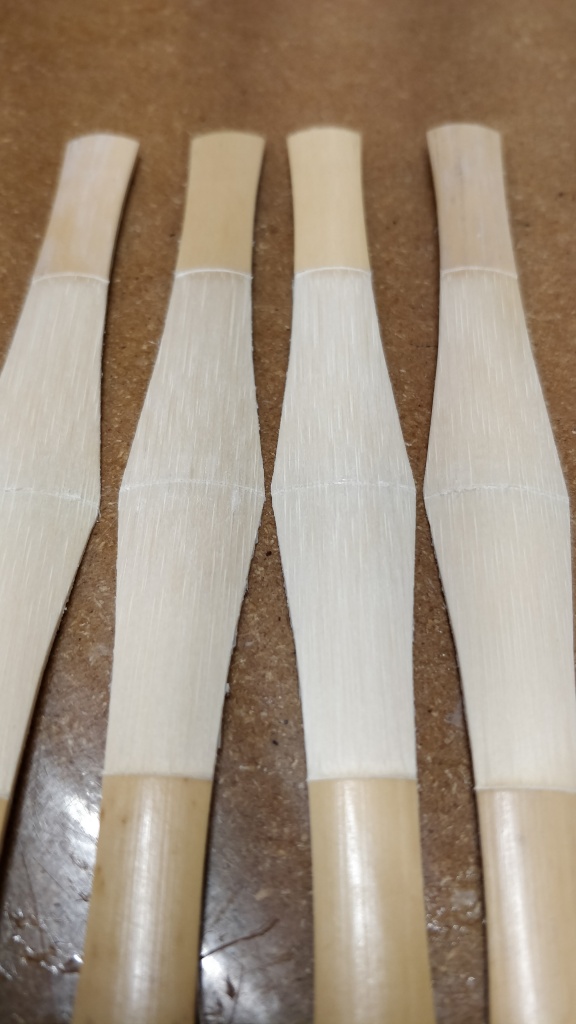Today I met with an ENT and a speech pathologist (who happens to be a trained singer) at the University of Minnesota clinics to discuss my issues with Stress VPI (commonly called “palatal air leak” in the music community). I’ve had issues with air leaking through my nose when playing bassoon for the last 20 years. Mostly it has been manageable, although the symptoms of this insufficiency sometimes show up at the most inopportune moments and without any predictable precursor.
[For more information on Stress VPI see the following links:
https://academic.oup.com/occmed/article/61/7/480/1461600
https://jamanetwork.com/journals/jamaotolaryngology/fullarticle/2569871
https://www.dansr.com/vandoren/resources/eliminating-the-soft-palatal-air-leak-velopharyngeal-insufficiency-vpi
http://clarinet.org/wp-content/uploads/2016/03/Gibson-Palatal-Air-Leak.pdf ]
In the lab today I brought my bassoon, and after inserting a small camera up my nose they observed my larynx and vocal folds as I sung, and then observed the area of the nasal passage that should seal when talking and playing an instrument. While I played only for about 45 seconds I did not experience the leak, however I am able to reproduce it on command without the bassoon so I demonstrated this for them. The ENT immediately saw where the insufficiency was, although it is very small for me, as it does not impact my daily use of my mouth and nose in speech or eating.
The visit concluded with them taking the videos done during the exam and the information they have so far to several other specialists in the ENT department as to what the best course of action would be to correct this problem. There are training and physical therapy related things that could be done (which they did not seem hopeful would be helpful in my situation) as well as some outpatient pseudo-surgical remedies. There may be other things as well, but that’s what they are consulting with other doctors about.
As I learn more about this with the doctors and get a treatment plan in place, I’ll post follow-ups to this story, and hopefully help other wind players that suffer from the same playing problems I have.

